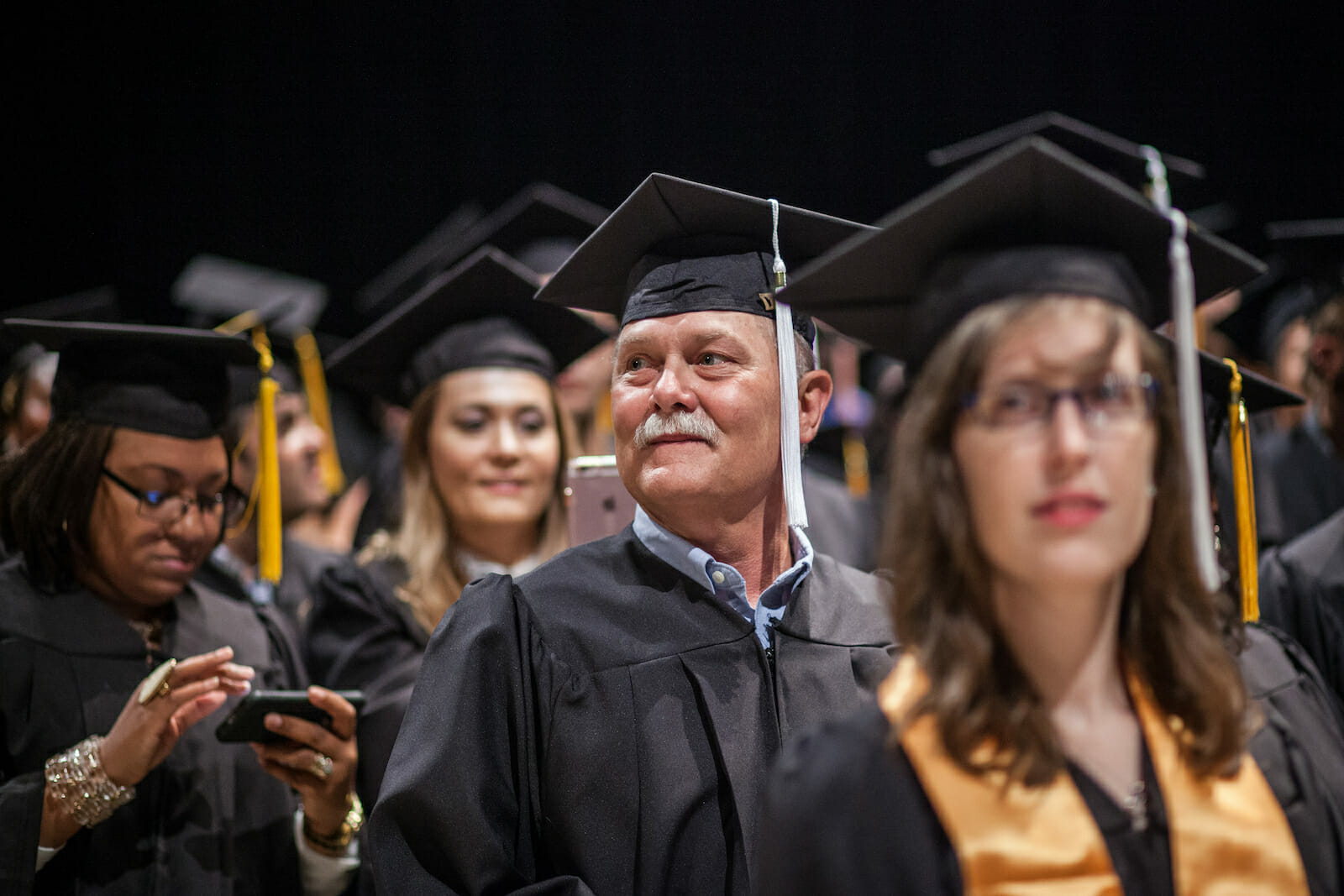
Culture
Rigorous Curriculum vs. Educating for Creativity
Since the early 1980s there have been persistent efforts underway to reform American education. Reformers based their agenda on the assumption that our education was not sufficiently demanding and socially relevant. The main thrust of the reform efforts has been and largely still is to make education more rigorous and more responsive to the needs of society.
In pursuit of the reform agenda, educators try to make students work harder by introducing a more demanding curriculum. They have increased the emphasis on language and computational skills. They have also introduced new and more demanding courses, both in terms of reading and writing assignments. Some reformers even advocate using college-level courses at the high school level as a way to make education more challenging and interesting. The demand to make education more socially relevant produces a variety of initiatives that promote civic engagement—students’ involvement in community outreach and in supporting social causes that pursue the public good.
However, the results of these efforts are disappointing. By universal recognition, despite years of hard work and substantial resources spent on reforms, American education today is no better than it was decades ago.
The failure of the reform efforts suggests that the main assumption the reformists hold is wrong and the claim that students do not work hard enough is not the reason for the problems in our education. We will be well advised to go back to our drawing boards and reassess the reform agenda in light of the fundamental goals of education.
One important goal of education is to prepare young people to become productive members of society. In order to achieve this goal, we must understand what the current needs of our society are and devise ways of meeting these needs.
Our society is undergoing an important transition spurred by technological innovations. The development of automation, the wide-scale introduction of robots and computers are profoundly changing our society and workplace. These innovations increasingly reduce the demand for human labor in performing routine mechanical, mental and physical tasks. As a result, our society today needs more people who can be creative and innovative.
In order to meet these new needs, the educational system must foster creativity as a way of preparing young people to become productive members of modern society. Therefore, educating young people to be creative is the best way to make our education socially relevant. This is not to say that involvement in social causes or community work is not important; it most certainly is. However, enhancing students’ capacity to create, helping them gain control over their creativity, more than anything else, will make our education socially relevant.
Educating students to be creative is not a new idea. In fact, discussions of this idea go back to the 19th century. Creativity, under the guise of entrepreneurship, has also been part of the discussions on educational reform over the last thirty years but has been largely overshadowed by other issues, such as standards, competencies, administrative structure, and work conditions. Many education professionals recognize the importance of creativity for education. Indeed, innovations aimed at enhancing creativity in students have some place in our education. Many schools, colleges, and universities offer courses in the arts that try to engage students’ capacity to create. Many teachers practice creative and innovative approaches in education. However, these innovations are largely confined to courses in the arts and art-related practices; they are marginal to our educational practice in general.
Creativity involves agency. No one can be creative without exercising his or her agency. Creativity also presupposes radical novelty; that is, the emergence of something that has not existed prior to the act of creation. Therefore, in order to educate students to be creative, our educational practice must engage students’ agency and also offer possibilities of encountering radical novelty or having the experience of transcendence.
The current educational practice meets these two requirements in the form of learning and teaching. When students engage in learning they exercise their agency by applying their mental constructs, or what they already know, to what they do not know. Teaching, on the other hand, offers the experience of transcendence, as teachers present students with knowledge that they do not have and that is new to them.
However, learning and teaching do not mix in the current educational practice. This practice uses teaching and learning as two independent modes that are largely separate, if not indeed opposed to each other. In other words, the experience of learning allows students to exercise their agency, but it does not offer transcendence, as students do not encounter radical novelty when they apply the mental constructs that they already know. Teaching provides the experience of transcendence but offers students few, if any, opportunities to exercise their agency. The balance between the two modes in the current educational practice is very unstable, which results in the prevalence of one mode or the other. For example, critics of the emphasis on learning that has spread in recent years charge that this what they call “learnification of education” does not offer students an opportunity of encountering knowledge that is radically new to them, or the experience of transcendence.
Creation is integral to education since education involves the acquisition of new and increasingly more powerful levels of mental organization. The process of creation involves both exercising one’s agency and the experience of transcendence as integral and interrelated aspects of the same process. Therefore, in order to educate students to be creative, our educational practice should also combine teaching and learning as two aspects of the same process, not as two independent and largely separate modes. In order to achieve this goal, we should organize our educational practice around the process of creation; that is, we should make this process the central organizing principle of our education. This new educational practice will meet the needs of modern society and will make education socially relevant.
Making the process of creation central to education has other important consequences. The process of creation affirms our capacity to create; it empowers us. Affirmation is a profoundly gratifying experience that we immensely enjoy; and when we enjoy doing something, we do it better. Organizing our educational practice around the process of creation will make education an enjoyable and gratifying experience for both students and teachers. It will stimulate students’ interest in being educated and will make the educational experience for them more enjoyable and rewarding. As a result, students are likely to work better.
There is an overwhelming recognition among education professionals and the lay public that our current approach to education does not work. Indeed, if students have a hard time coping with the current curriculum, what is the point of making the curriculum even more demanding? Such an approach merely offers more of the same—in fact, much more. There is no reason to believe that doing more of the same will benefit students and improve education. The fact that the current approach to reforming education has produced little effect fully bears out this conclusion.
We need to reform our education. We need to bring it into the twenty-first century. Our education must meet the rapidly changing needs of modern society. Reforming our education, making the process of creation central to our educational practice is the way to respond to this modern challenge.

